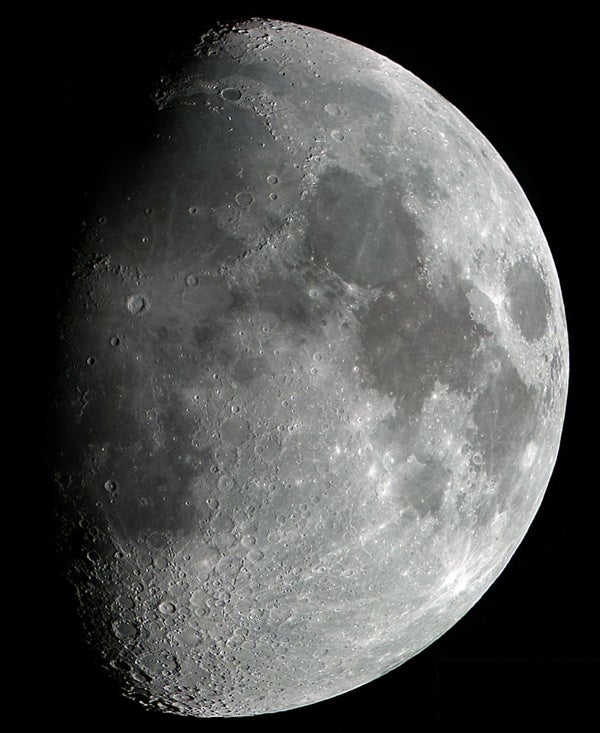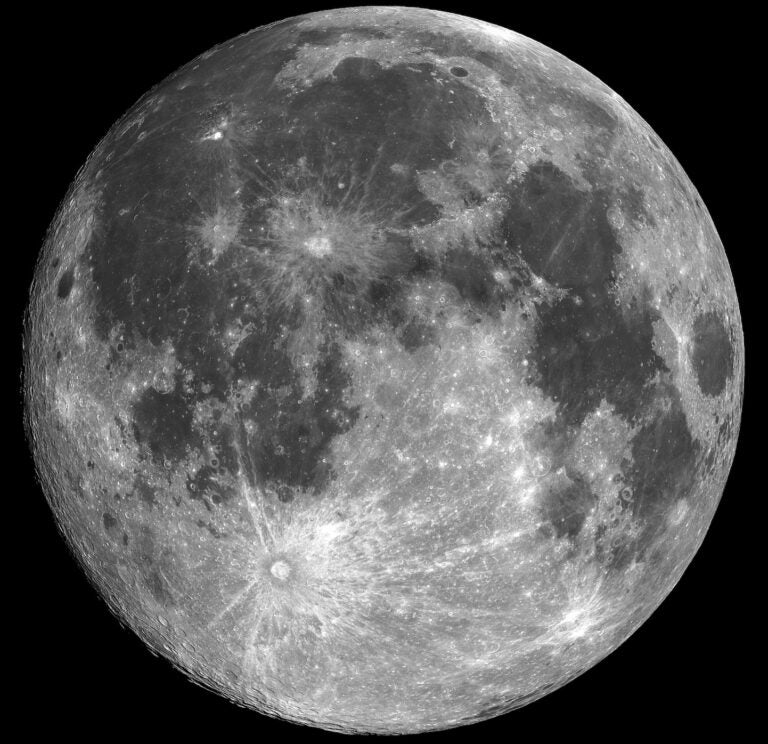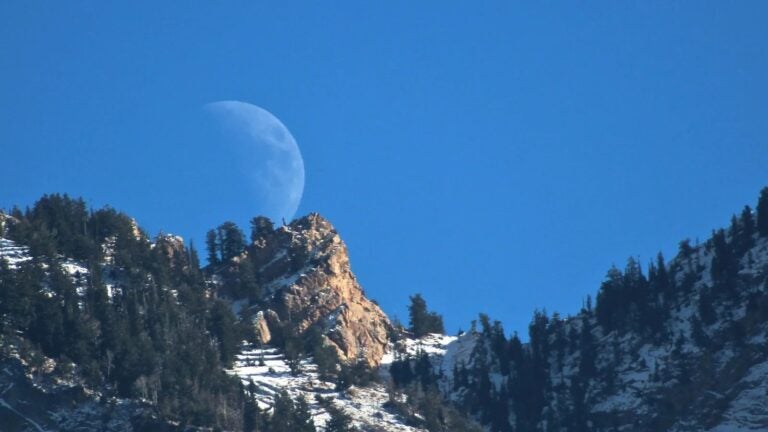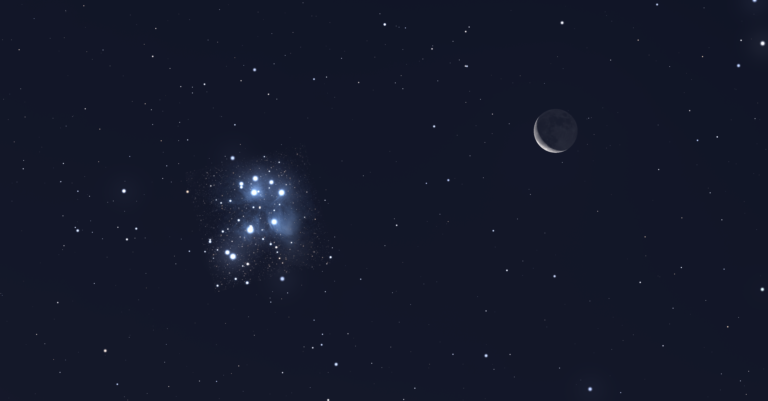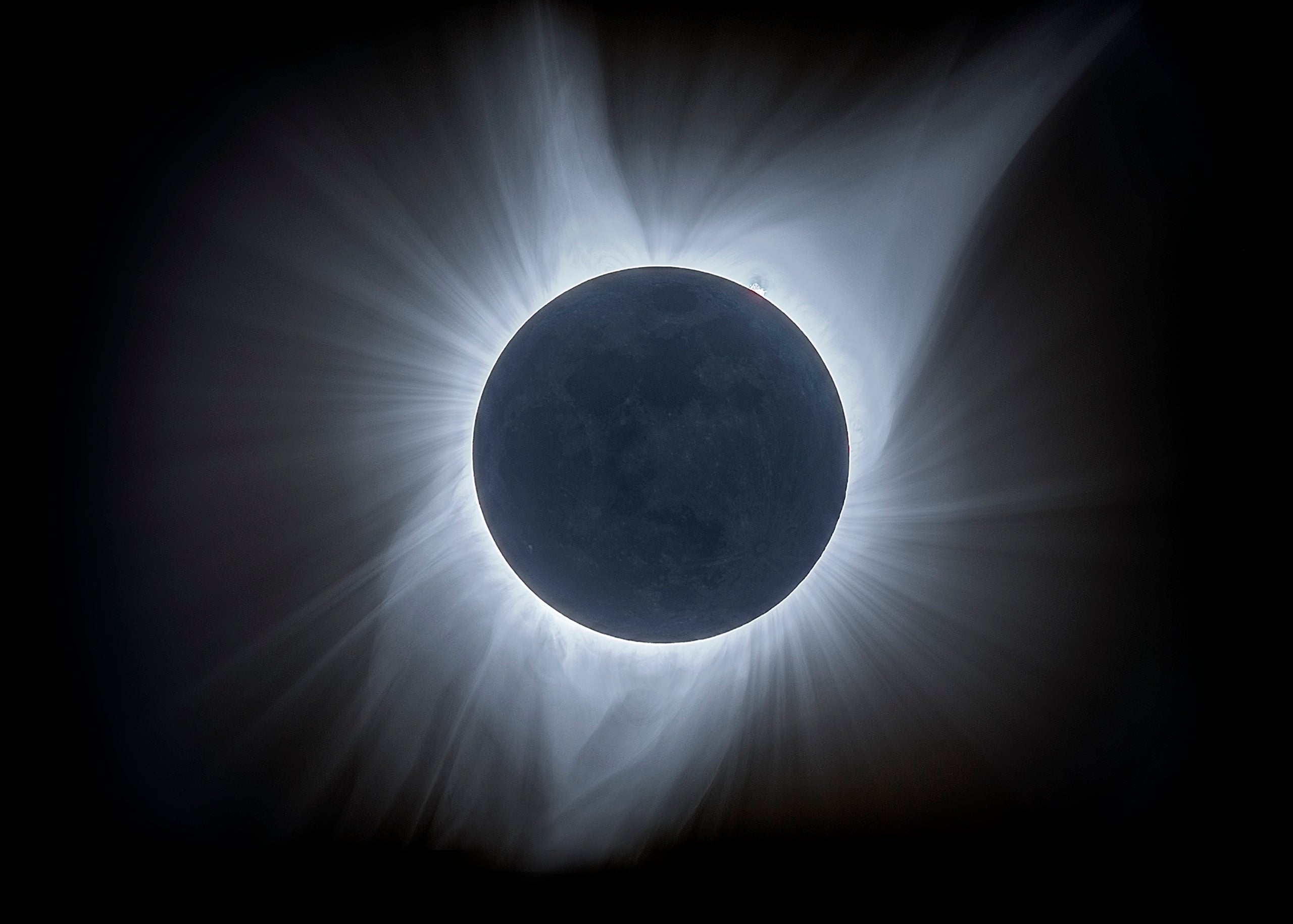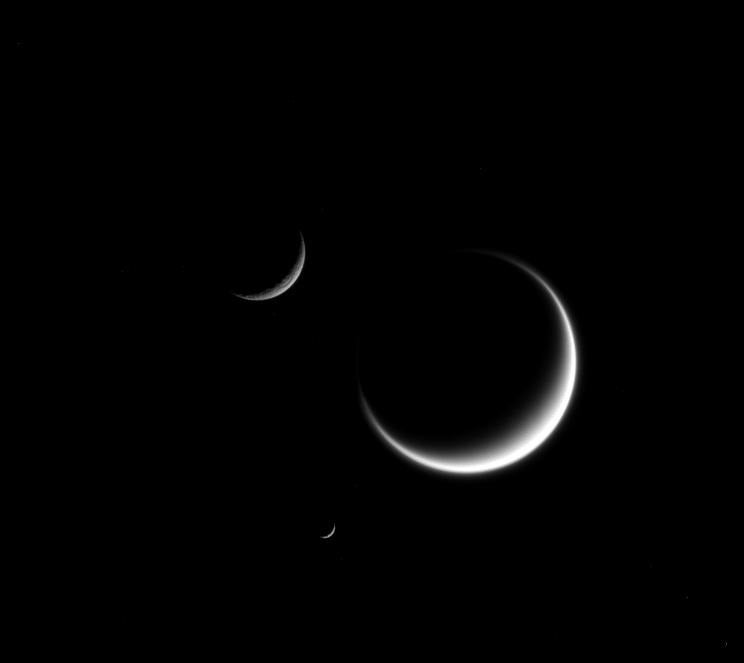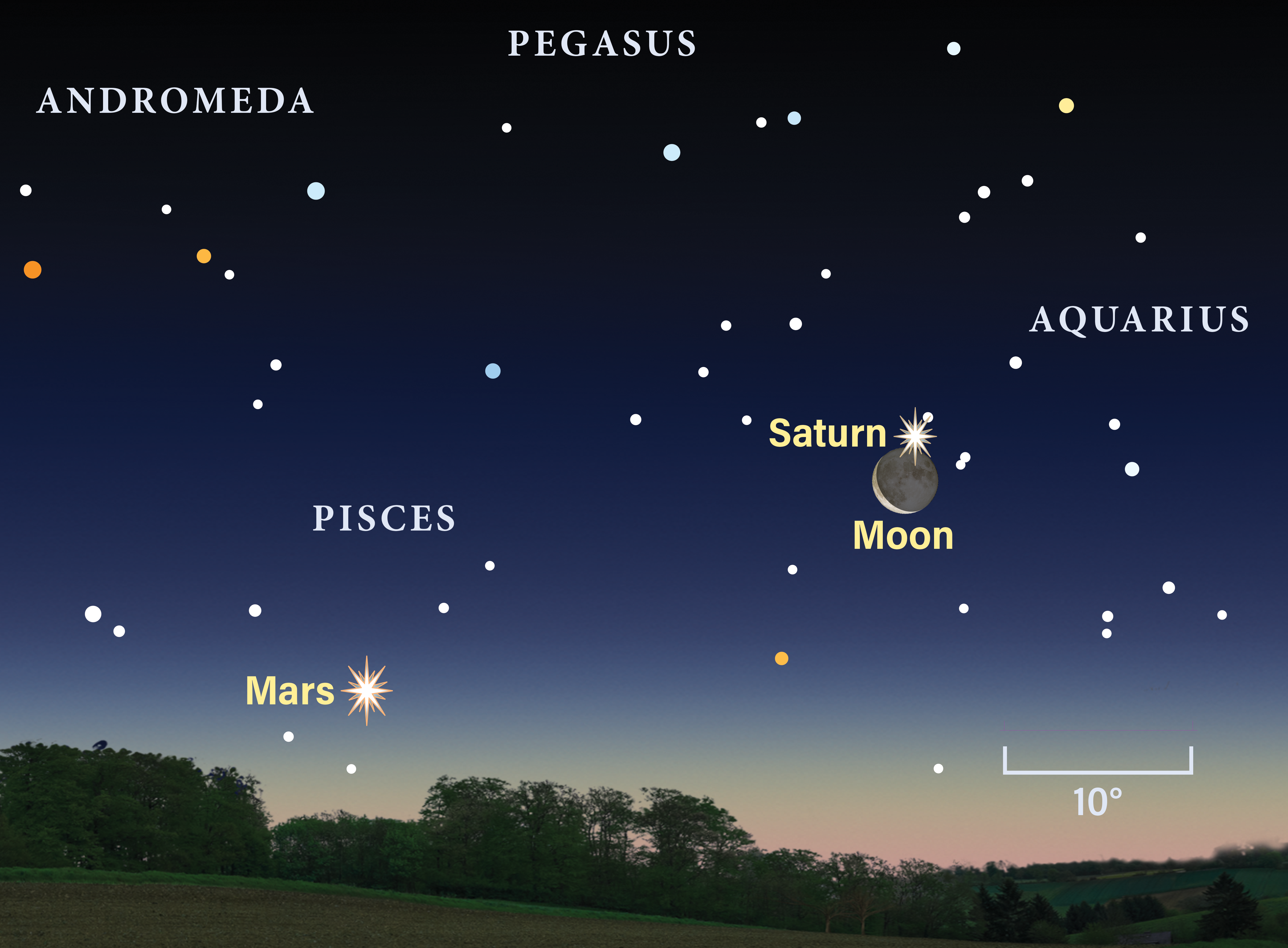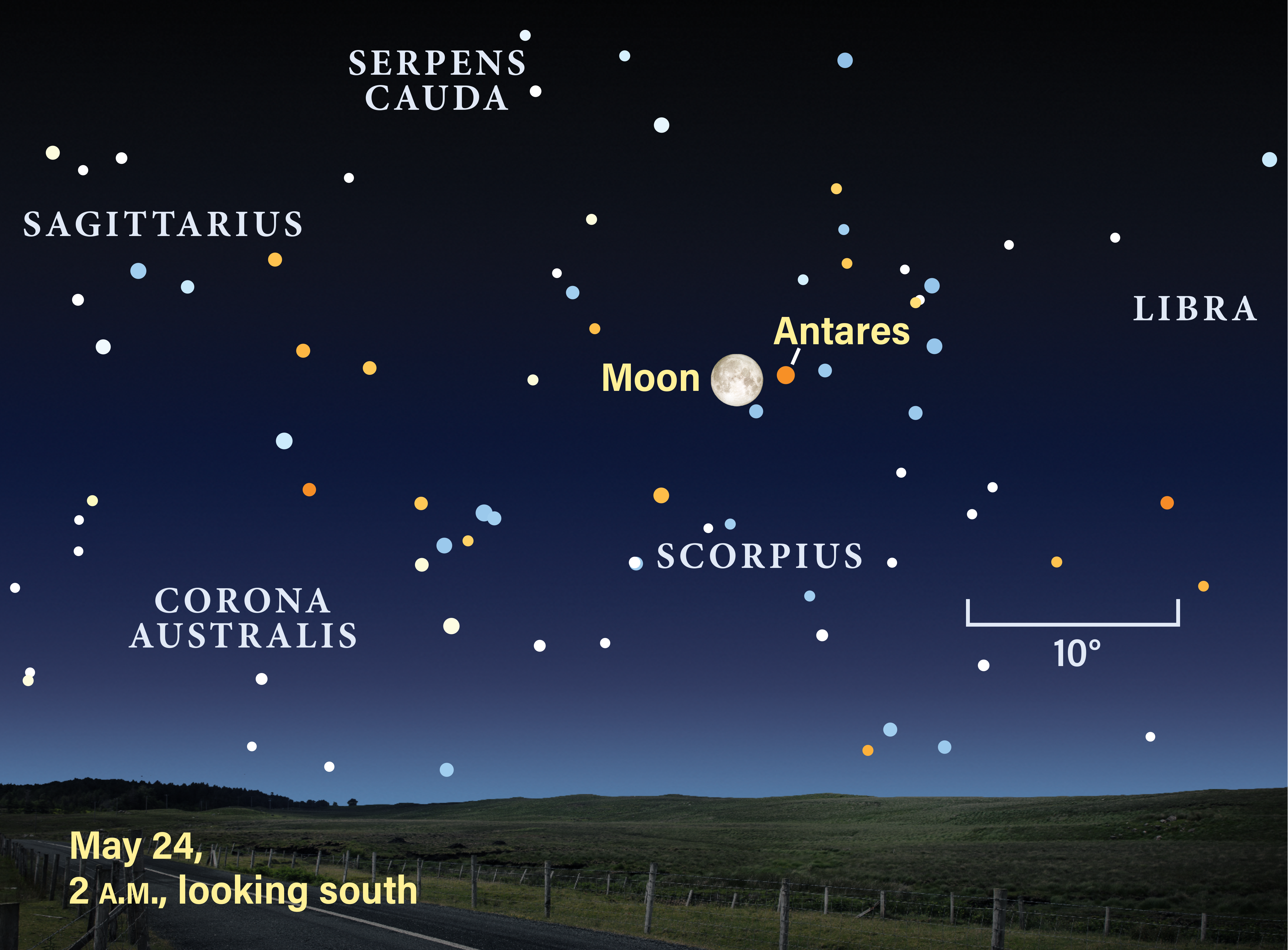What counts as “large” is a matter of opinion, but NASA’s Lunar Impact Monitoring program defines 1-pound meteoroids as “large.” Our estimates about impact frequencies are imprecise, particularly regarding such small objects; however, we think 2-pound rocks likely hit the Moon more than 260 times per year. Luckily, the impact rate diminishes rapidly with increasing rock size. For example, a body about a mile in diameter created the 13.5-mile-wide (22 kilometers) lunar crater Giordano Bruno. This is the most recent large lunar crater, and planetary scientists think it formed between 1 and 10 million years ago. Ejecta that splashed out due to such an impact on the Moon would have produced a massive meteor storm on Earth within about a week. — Teemu Öhman, Lunar and Planetary Institute, Houston, Texas
How often does a large meteroid hit the Moon? Can I see such an impact?
Thomas Baker, Castle Rock, Colorado
Meteoroids impacting the Moon’s nightside are visible from Earth. The Leonid meteor shower in 1999 produced impact flashes of 3rd to 6th magnitude, so viewers could have seen them with their naked eyes. You’ll need a small telescope to view average impact flashes because their brightnesses are around magnitude 7 to 10. The durations of these impact flashes are also short — less than 0.5 second. Thus, impact-flash observations — which both professionals and amateurs can take part in — require telescopes and video cameras.

